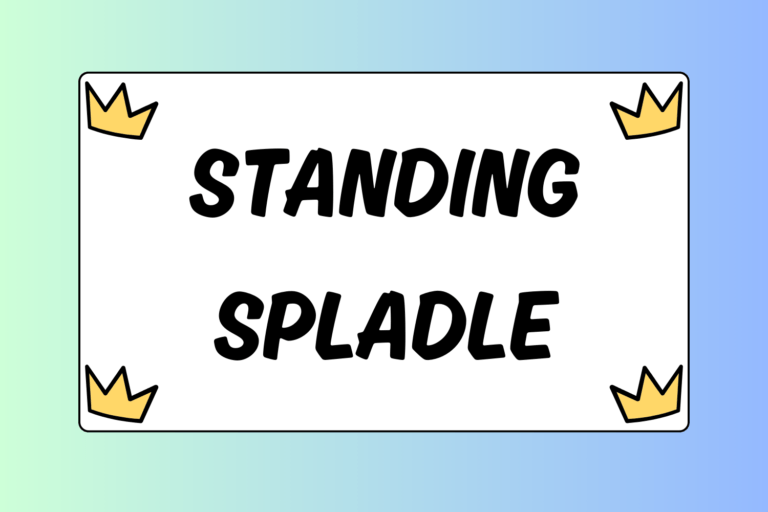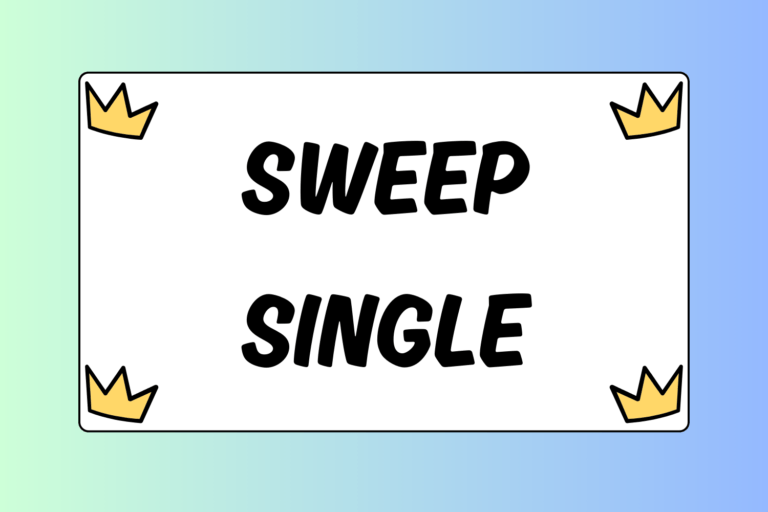Out of the three periods that make up a folkstyle wrestling match, each wrestler is able to choose a starting position at the beginning of either the second or third period. Understanding how to make this choice correctly is essential to your success. Not only must you know what your options are, but you must also know how to strategize. You must know what start positions to choose and, more importantly, you need to know why you are making that choice.
The Bottom in Referee’s Position
The most common choice of start positions among wrestlers is the bottom position in referee’s position. This position is advantageous for several reasons. First, it gives you the opportunity to score an extra point with an escape if the match is close. For stronger and more skilled wrestlers, choosing the bottom position is usually a “give away” — an easily attainable extra point.
Choosing the bottom position in referee’s position is important for another particular reason: In folkstyle wrestling, the first wrestler to score a point is granted the choice of the starting position in the double overtime period, “Sudden Victory,” if the match gets tied. Many wrestlers choose the bottom position in scoreless matches because they’ll be given the choice of starting position in double overtime. This simple strategy, if made early in the match, may have a huge effect on the outcome.
Hot Tip: A Winning Position
Never put yourself in a “losing” position. Simply put, don’t choose a position that you are not confident in or feel you can’t win with. Instead, choose a position in which you’ll be able to score. Of course, there are exceptions to this rule. You may need to put yourself in a position that you are not exceptionally strong in if it is needed to win the match. More often than not, your coach will make the decision for you. Be confident in what position your coach chooses for you; he won’t put you in a position he doesn’t believe you can be successful in.
The Top in Referee’s Position
The second component of referee’s position, the top position, is chosen much less frequently than any other position because its starting position offers fewer strategic advantages. Generally speaking, wrestlers that elect to take the top position are typically outstanding wrestlers or they are wrestling an opponent with very little skill in the bottom position. The only other reason to choose the top position would be if you are behind in points and need a “home run” or “Hail Mary” move to put your opponent on his back to win the match. If you ever choose the top position, you must be hungry to put your opponent on his back!
The Optional Start
The optional start, also known as the freestyle start, is a variation of the top starting position in referee’s position. This start is strategically used by wrestlers for various reasons. Essentially, when using the optional start, you allow your opponent to score an escape in order to take them down again. You can also try to maneuver your opponent onto his back as he attempts to escape. This can be useful if you are trying to narrow a lead, or gain one, in order to score a technical fall or fall.
Hot Tip: Start Neutral
Although you are allowed to use the optional start from the top position and let your opponent escape, a new rule has been established in scholastic wrestling as a way to make this process quicker and more efficient. Rather than using the optional start, you are allowed to motion to the referee to start from the neutral position. This automatically gives one point to the bottom wrestler, and starts the action in the neutral position again. This is beneficial if you’re dominating your opponent from the neutral position
The Neutral Start
The neutral position may be chosen for several reasons. It is beneficial for a wrestler with less experience to start neutral because it decreases the likelihood of getting into a bad top or bottom position. More commonly, though, wrestlers with exceptional takedown skills choose to start standing in the neutral position because they are confident they can score on their opponent. The more athletic and agile a wrestler is, the higher the likelihood of him doing well from the neutral position. No matter what, if you choose this position, you must be confident in your takedown skills!
Deferring the Choice
Another common choice at the beginning of the second period is to defer the choice itself. The wrestler given the choice of the starting position in the second period may choose a position, or elect to defer this decision to his opponent for that period. Doing so will give the deferring wrestler the choice of the starting position in the third period. This is beneficial during close matches because the wrestler making the choice in the final period will have the advantage of choosing a starting position from which he can easily score from in order to win the match.
Knowledge is Power
When matches are close, what makes the difference is having the right strategy at the beginning of the second and third periods. If you don’t learn how to use your start position choice effectively, you will struggle and inevitably lose matches. It will take time and experience to fully understand when and why to use each position, but once you get the hang of it you will be tough against any opponent!





